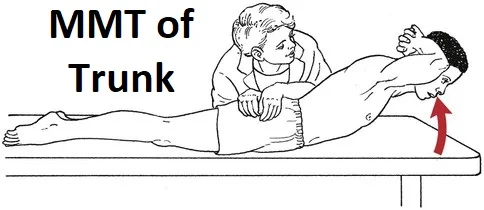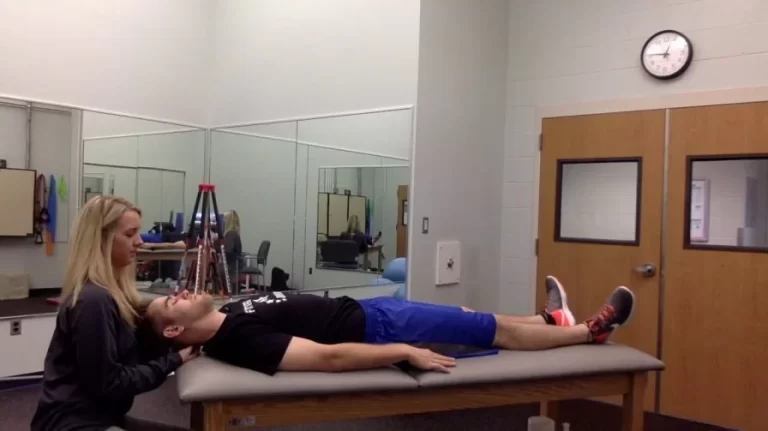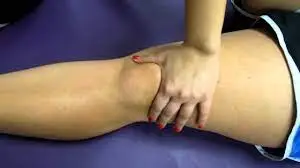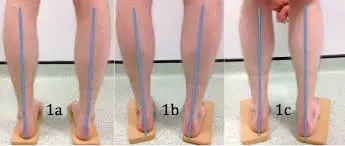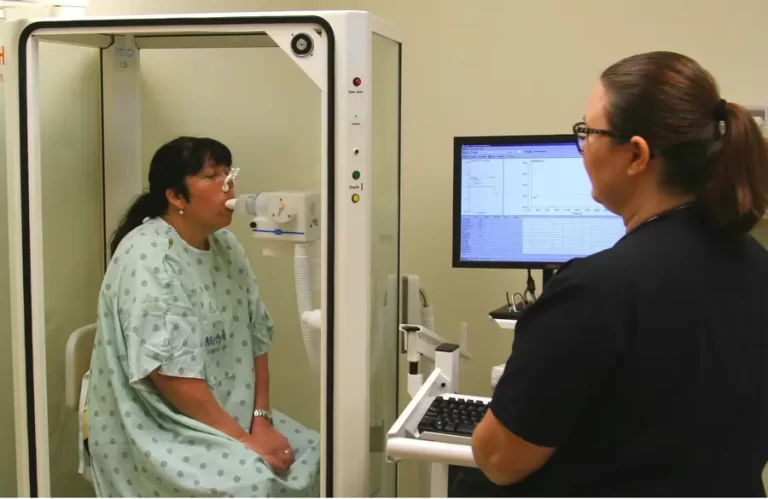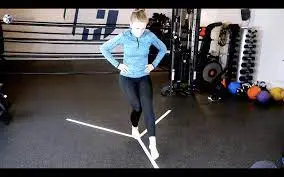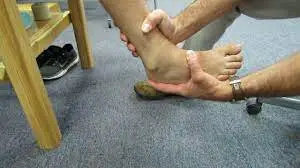Manual Muscle Testing of the Trunk
Manual muscle testing of the trunk is a process used to evaluate the strength and function of the muscles that stabilize and move the trunk or core region of the body. It involves the application of resistance against specific movements to assess the strength and integrity of these muscles.
Table of Contents
Trunk flexion
Testing muscles
- Rectus abdominis
- Obliques Externus abdominis
- Obliques Internus abdominis
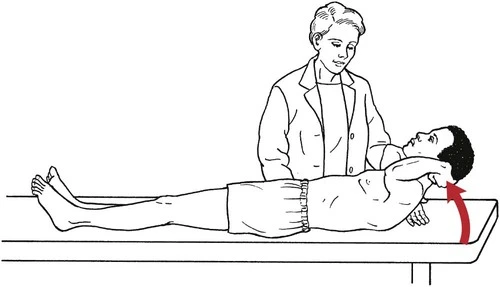
Patient’s position
To assess Grade 5 patient should be in a Supine position with his fingertips gently touching the back of the head
For assessment, a grade 4 patient should be Supine with his arms crossed over the chest
To examine grade 3 patient should be Supine with arms by the side.
To examine grades 0 to 2 patient should be Supine with arms at the sides and his knees should be in flexion.
Therapist’s position
For examination Grades 3 to 5 therapist should be in Standing at the side of the plinth at the level of the patient’s chest to be able to see whether scapulae are off the table during the test
For examination, grades 0 to 2 therapist should be Standing at the side of the plinth with the hand which is used for palpation put at the midline of the thorax on the linea alba, and the four fingers of both hands are used for palpation of rectus abdominis muscle.
How to test?
For assessing grades 3 to 5, the Patient is supposed to flex the trunk in a complete range of motion. To highlight a curl-up, the trunk bends until the scapulae are off the table.
For assessing grade 2 Ask the patient to raise the head from the plinth. the Grade is 2 should be considered when the scapulae do not clear the plinth.
For examination, in grades 0 and 1, therapists should use assisted forward lean technique or coughing technique in the same position, with palpation of rectus abdominis muscles.
Trunk extension
Low back discomfort has been associated with low back strength as both a trigger and a result. Testing your muscle strength can help you find the origin of your low back pain. The muscles included are the back extensors (intrinsic back muscles), with support from the trapezius, latissimus dorsi, and quadratus lumborum.
While assessing the thoracic and lumbar spine strength some differences are marked noted:
Grades 5 and 4 examine for spine extension are different for both the lumbar and thoracic
spines. Starting in Grade 3, the examination for both spinal levels is combined.
Range of Motion is also diverse for both spinal levels Thoracic spine: 0° to 10°
Lumbar spine: 0° to 25°
For lumbar spine
Patient’s position
The patient should be in a prone position with his hands clasped behind his head.
Therapist’s position
Do the stabilization of the lower limb just above the ankles when the patient has Grade 5 hip extensor muscle power. The weight of the head and arms may be used for manual resistance force by the therapist.
How to test?
The patient has to do the extension of the lumbar spine until the whole trunk is raised from the table, it means the patient lifts his chest until he clears the umbilicus.
Instruct the patient to raise his head, shoulders, and chest off the plinth. Come up as high as he can.”
For Grading: Grade 5, Normal and Grade 4, Good The therapist differentiates between Grade 5 and Grade 4 muscles by the way of the response.
The muscle in Grade 5 locks tightly. The patient having Grade 5 back extensor muscles may reach the end position fast and maintain it without making any apparent effort.
Grade 4 muscle has a small elasticity because the terminal point is elastic. The patient having Grade 4 back extensors can cross the end point, although they might hesitate or show some symptoms of strain.
For Instructions to Therapist: If the patient has weakness in hip extension, the stabilization of the lower extremities by leaning firmly on the patient’s body, and putting both arms on the pelvis.
Thoracic spine
Patient’s position
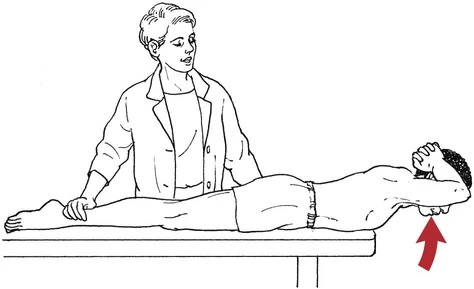
The patient should be in a prone position with his hands clasped behind his head.
Therapist’s position
The therapist should be standing so that he can stabilize the lower extremities at the ankle.
How to test?
Patients have to do the extension of the thoracic spine to the horizontal.
Instruct the patient to raise his head, shoulders, and chest to plinth level.”
For assessing Grade 5 Patients suppose to lift the upper trunk immediately from its forward flexion position to the horizontal or more than that with no effort and no sign of tiredness
For assessing Grade 4 Patient is supposed to lift the trunk to the horizontal level but does it with little effort.
To the examination of the Grade 3 Patient, he performed the complete range of motion.
For Grades 2 to 0 These tests are the same as the Grade 3 test but not including that the therapist must do the palpation of the lumbar and thoracic spine extensor muscle to both sides of the spine. We can not isolate individual muscles.
The grading system commonly used for trunk extensor muscles is as follows:
- 5: Normal strength
- 4: Slight weakness
- 3: Moderate weakness
- 2: Severe weakness
- 1: Trace contraction
- 0: No contraction
Repeat testing: The therapist should repeat the muscle testing on the same muscles to ensure the accuracy and consistency of results.
Documentation: The therapist should document the results of the manual muscle testing, including the grading of muscle strength, and any additional notes or observations.
FAQ
Manual muscle testing of trunk extensors can be used to assess conditions such as low back pain, herniated discs, spinal stenosis, and scoliosis.
Grading muscle strength during manual muscle testing helps to objectively measure the patient’s ability to perform the requested movement and track progress over time.
Yes, precautions should be taken to avoid exacerbating any existing conditions or causing injury. The patient should be instructed to avoid arching their lower back during the movement, and the therapist should avoid applying excessive force during testing.
The frequency of manual muscle testing of trunk extensors will depend on the patient’s condition and treatment plan. In general, it may be performed at the initial evaluation and periodically throughout treatment to track progress.
Yes, manual muscle testing of trunk extensors can be performed on patients of all ages as long as they are able to follow instructions and perform the requested movement.

